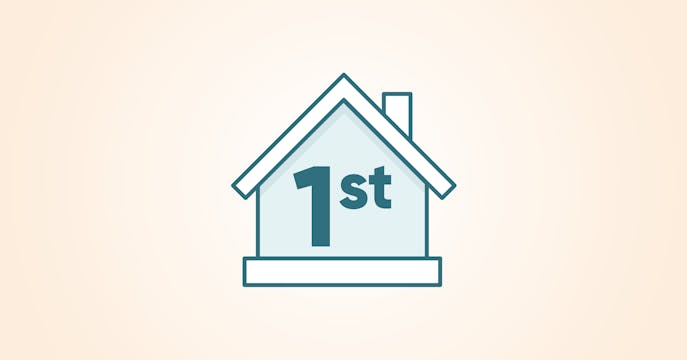How does a rate hold impact your ability to access better rates?
Consider that a lender is offering a pre-approval mortgage rate that might be held for as long as 4 months while you secure a home purchase. So, will the lender really offer you the best rate possible?
No, simply because your pre-approval rate needs to leave room for market fluctuations during that time (rates aren't the only thing that can affect a lender's bottom line).
Plus, trying to pre-determine your best rate without a secured property to base it on is too risky (i.e. lenders don't like losing money).
To compete for your business, the lender is still likely to offer you a good rate for the hold, and you can negotiate later when your financial situation is confirmed in light of the home you want to buy.
If rates drop during your hold period, an expert broker can monitor the market on your behalf and help ensure your best mortgage savings scenario.
Are you dealing directly with a bank? Beware that you may need to ask (again and again) if they can offer a better rate.
Some non-bank lenders don't offer mortgage pre-approvals and rate holds.
Non-bank lenders typically only offer mortgage financing vs the vast array of big bank products, which helps keep their overhead as low as possible to offer (often) more competitive rates and more flexible mortgage features on approval than the big banks:
- You'll be quoted a competitive mortgage rate once you apply for a mortgage based on your home-purchase details.
- A rate lock-in is provided with your mortgage approval for a specific period before the mortgage is funded (average is 40 days).
- An expert broker will monitor the market and help ensure you receive the best rate as your process finalizes.
Why wouldn't you need a rate hold?
It seems counterintuitive not to request a rate hold during your home shopping phase. After all, if rates go higher while you're touring kitchens and mudrooms, it means you'll pay more during your first mortgage term.
However, if rates are in a downward trend or unlikely to increase significantly, a rate hold may not work in your favour. Not all lenders offer them, and requiring one may limit your pre-approval lender options (if you're using a trusted mortgage expert to shop around for you).
A rate hold can be a good idea if you (and your expert mortgage broker) think that rates may change substantially within the timeframe it might take to find a suitable home.






